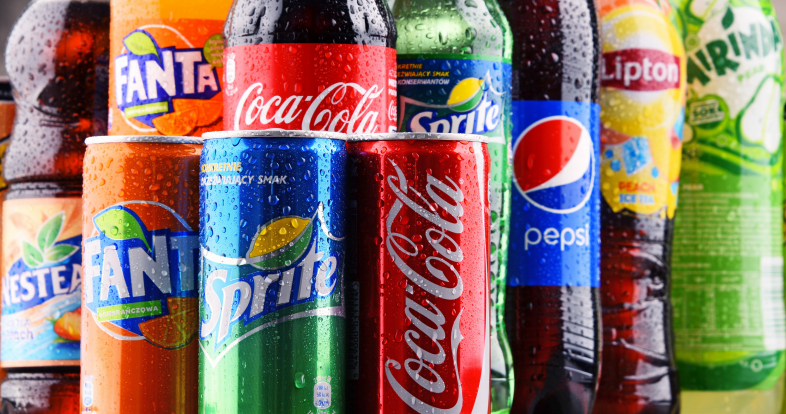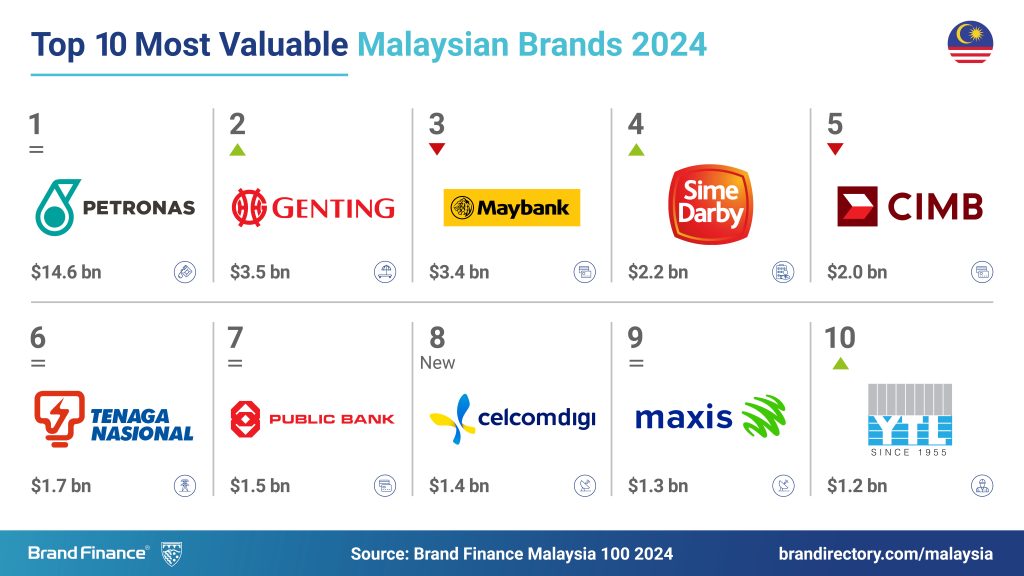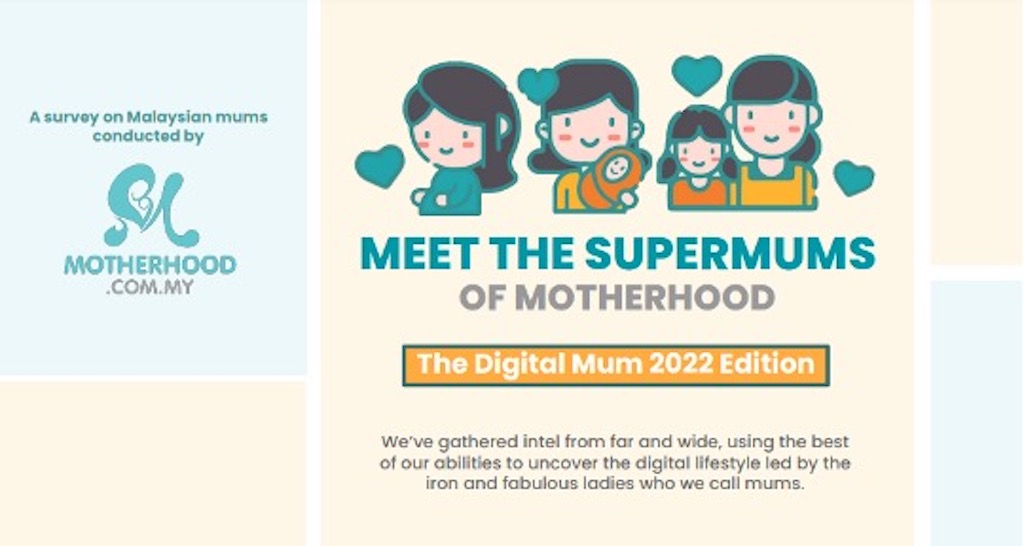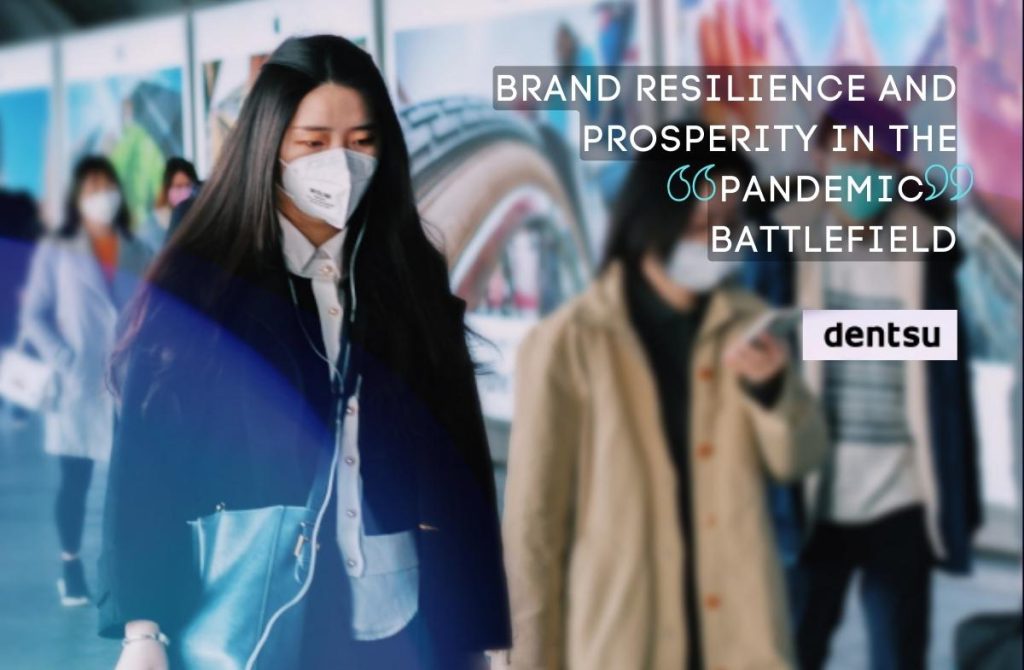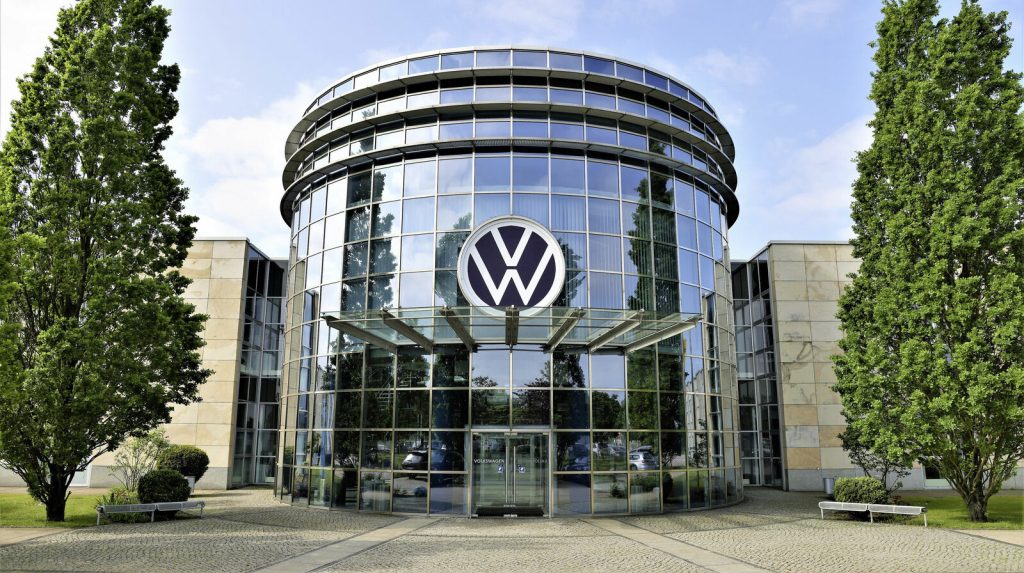This article first appeared on the MARKETING Weekender Issue297
Marketing Restrictions 2021
Marketing restrictions are any regulations placed upon legal products relating to expression of brand identity and promotion to customers. Marketing restrictions can range from introduction of rules around advertising, imposition of targeted taxation, requirement of health warnings, to interference in visual branding, all the way to plain packaging.
Aside from tobacco – where stringent restrictions have been rolled out in many markets globally – food and drink brands operating in segments that are deemed unhealthy are at high risk of being impacted by marketing restrictions: alcohol, HFFS foods (sugary drinks, confectionery, savoury snacks), and fast-food restaurants. The gambling sector is subject to various marketing restrictions too, and increasingly, there has been debate about extending marketing restrictions to other brand categories, including autos and airlines, which are considered bad for the environment.
But marketing restrictions are not costless. They can be harmful not only to brands but also to supply chain businesses and consumers. It is essential then, to raise awareness about the breadth and scale of the threat and to ensure economic and consumer interests are protected, polices are balanced, and public debate is protected.
Our research included both an analysis of the damage that tough marketing restrictions could do to the enterprise value of household name FMCG businesses like Coca-Cola, Diageo and Nestlé, and a deeper study into the attitudes of the global public and leading marketing professionals to such restrictions. In summary, we found:
+ The total loss across the endangered industries globally is a whopping US$521 billion.
+ Alcohol companies like AB InBev, Diageo, Heineken, Pernod Ricard, and Treasury Wine Estates would see 100% of their revenue exposed.
+ Consumers see brands as a mark of quality control – globally 89% of respondents agree.
+ Big brands support economies – 89% of global respondents agree.
+ There is little appetite for sweeping restrictions on marketing – fewer than 10% of consumers felt that there should be a ban on TV advertising, billboards, in-store demonstrations, or distinctive packaging.
+ Several areas of consensus emerged among CMOs including that protection of vulnerable consumers – especially children – was appropriate and necessary and demand regulating or restricting measures could be appropriate on occasion.
Brand Value Impact Analysis
Brand Finance had analysed the impact to both brand contribution and enterprise value across alcohol, confectionery, savoury snacks, and sugary drinks brands in the absence of certain branding elements as a result of marketing restrictions. We found that the introduction of marketing restrictions has serious potential to significantly impact some of the world’s most recognisable brands. Nine major brand owners: AB InBev, The Coca-Cola Company, Diageo, Heineken, Mondelēz International, Nestlé, PepsiCo, Pernod Ricard, and Treasury Wine Estates face potential losses of US$267 billion in brand contribution in total.
The introduction of plain packaging and the limitations on advertising damages a brand’s ability to differentiate itself from others in the market. We have calculated with these restrictions and bans in place, the value that brand contributes to the overall business of these nine companies would fall from US$553 billion to US$286 billion, seeing overall enterprise value decline from US$1394 billion to US$1127 billion. On average, the companies in question could each lose nearly a quarter of their enterprise value and over 50% of the value that brands contribute to the business – known as brand contribution.
To put this into context, this loss, from just a handful of companies, is equivalent to the GDP of a whole economy the size of Finland. This should raise concerns not only for brand owners, but also for governments, policy makers, marketers, and campaigners.
Public and CMO Attitudes
Brand is a mark of quality
Consumers are brand-literate but will not forego their own interests under the influence of marketing and advertising. Consumers are aware that brands are there to help them make informed decisions. On average, globally, 89% of respondents agree that a good brand is a mark of quality. This is especially the case in developing nations, where 94% agree with this statement, and governmental oversight of production and service standards is perhaps weaker, versus 85% in developed nations. South Africa and Malaysia score this answer highest at 95%. Furthermore, consumers understand that brands help them identify newer and better products (87%), that brands are there to help them make better choices (86%) and are, therefore, worth paying extra for (77%).
Brands in the fight against the illicit trade
Survey respondents understand the importance of brands to safeguard against potentially harmful products. 81% of consumers answered that brands help them navigate between real and fake goods, and 90% agreed that brands ensure they buy genuine products sold through reputable stores. Thus, most respondents understand the importance of brands to safeguard against potentially harmful products.
Since every purchase in the illicit market is a loss of sales in the legal market, each unlawful purchase represents a financial loss of tax revenue to the government. This has wider ramifications for the whole economy and consumers alike, as well as boosting profits for organised criminal gangs. Counterfeit products also expose consumers to more risks from unregulated and adulterated inputs, constituting a wealth of other issues. Some CMOs note that the increasing digitisation of the economy is an enabler to the illicit trade – a fake website is much easier to build than an entire product supply chain – and that brands are a force to counter this. Established brands have a commercial incentive to stamp out the illicit trade.
In Sri Lanka, we have a regulated alcohol beverage market, but there is also an unregulated alcohol market where people take part in illicit trade… This is a major issue for consumers when advertising limitations are placed upon regulated brands because there is no trusted visual representation for consumers to differentiate between products. – Shiyan Jayaweera, Head of Marketing, Lion Brewery

MARKETING Magazine is not responsible for the content of external sites.

